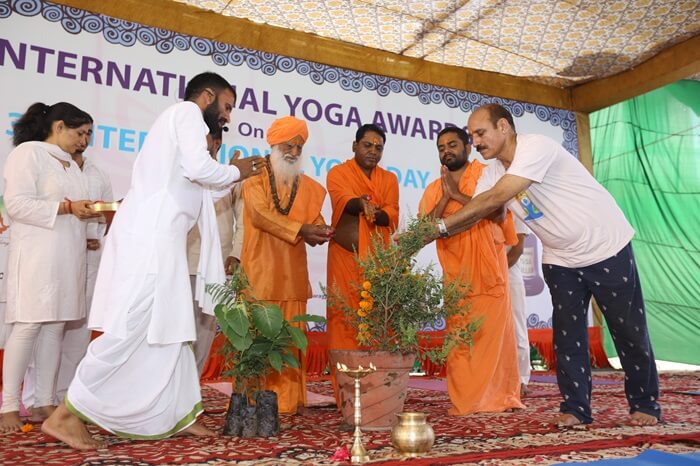January: Embrace the Winter Beauty

January in Nepal is a season of serene beauty and crisp winter air. As the New Year begins, the country transforms into a winter wonderland, offering a unique blend of tranquil landscapes, outdoor adventures, and cultural experiences. Whether you’re an avid trekker or a culture enthusiast, Nepal in January presents a range of opportunities to embrace the winter charm.
Trekking in Winter Wonderland

For trekking enthusiasts, January is an ideal time to explore Nepal’s lower regions. The cooler temperatures, ranging from 0°C to 15°C (32°F to 59°F), provide a refreshing break from the tropical heat of other regions. The Annapurna and Langtang valleys are particularly inviting during this time. With fewer trekkers on the trails, you can enjoy a more peaceful journey through some of Nepal’s most scenic areas.
The Annapurna region, renowned for its stunning vistas, is a trekker’s paradise in January. The snow-covered peaks of Annapurna, Dhaulagiri, and Machapuchare create a breathtaking backdrop against the clear blue skies. The crisp air and unobstructed views make this an unforgettable time to experience the majestic beauty of the Himalayas. Similarly, the Langtang Valley offers a serene trek with picturesque landscapes, traditional Tamang villages, and panoramic mountain views that are especially striking in the winter light.
Exploring Kathmandu’s Historic Sites

January also presents a fantastic opportunity to explore Kathmandu’s historic and cultural sites. The cooler weather and clear skies mean that you can visit landmarks such as Swayambhunath, Boudhanath Stupa, and Pashupatinath Temple without the usual crowds. This peaceful atmosphere allows for a more contemplative experience as you wander through these ancient sites and immerse yourself in their rich history.
Kathmandu’s narrow streets and bustling markets are less crowded during January, providing a more relaxed environment for exploring local shops and enjoying traditional Nepali cuisine. You can leisurely stroll through Thamel, a vibrant district known for its restaurants, shops, and cultural heritage, without the hustle and bustle typical of peak tourist seasons.
Celebrating Maghe Sankranti

January is also a time for cultural celebration in Nepal. One of the key festivals during this month is Maghe Sankranti, a Hindu festival marking the end of the winter solstice and the beginning of the longer days. Celebrated with great enthusiasm across Nepal, Maghe Sankranti is a time for traditional foods, rituals, and social gatherings.
The festival is known for its unique customs and dishes, including sesame seed balls, molasses sweets, and various traditional delicacies. These foods are believed to bring good health and prosperity for the coming year. During the festival, you can witness local communities coming together for rituals and festivities, providing a wonderful glimpse into Nepalese culture and traditions.
Embracing the Winter Calm
January in Nepal offers a chance to experience the country’s winter beauty in a tranquil setting. Whether you’re trekking through snow-capped valleys, exploring ancient temples, or participating in local festivals, the crisp air and clear skies enhance every experience. The serenity of this season allows for a deeper connection with Nepal’s natural and cultural heritage.
Conclusion
As you embrace the winter beauty of Nepal in January, you’ll discover a land of majestic mountains, rich traditions, and peaceful retreats. It’s a time when the country’s natural splendor and cultural vibrancy come together in a harmonious blend, offering an unforgettable adventure and a profound sense of tranquility. To fully immerse yourself in Nepal’s winter charm, consider joining a 200-hour Yoga teacher training in Nepal, 300-hour Yoga teacher training in Nepal, or 500-hour Yoga teacher training in Nepal. You can also enrich your experience by participating in a Yoga Retreat in Nepal.















